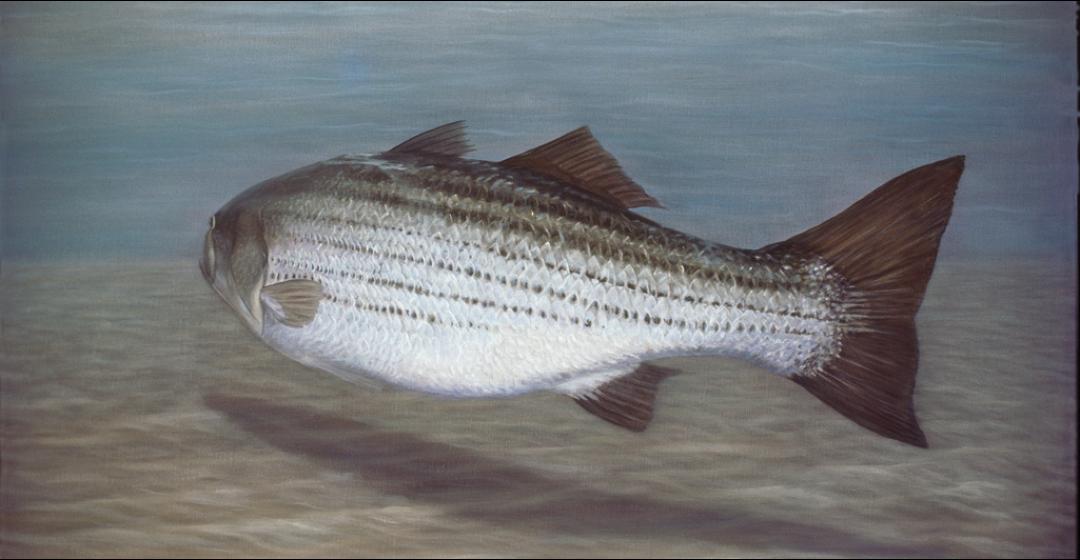Spring is an iffy season on the Vineyard. The ocean’s chill delays the reawakening of color and blossom for a seeming eternity while blustery winds keep summer at bay. But something is going on beneath the sea that keeps pulses racing: the spring run of striped bass, which brings these magnificent fish back to our shores from wintering grounds in the Chesapeake and elsewhere. What could be a greater affirmation that we have survived another winter and that all is right in the world of nature?
Alongshore there are subtle signs leading up to the spring run: herring gulls are on their breeding grounds, shorebirds and ospreys are back, alewives return to their natal streams, and estuaries are gradually repopulated with baitfish. By mid-April, hardcore anglers are beginning to prospect for the first of the migrating legions at Wasque, Quansoo, Sengekontacket, Squibnocket, Tashmoo, and Menemsha. It takes a strong dose of faith and optimism to cast into chilly waters when the nearest striper could still be a hundred miles away, but it has been a long winter, and the anticipation of making first contact trumps discomfort and common sense. When it happens, the news that “BASS ARE IN!” spreads like wildfire and ushers in the best fishing of the year.
The spring run of striped bass usually starts slowly and picks up momentum through May and into mid-June and beyond until full-blown summer slows the pace. When the bass arrive they are ravenous from their travels and feast in broad daylight, unlike later in the season when they become primarily nocturnal. The early fish are usually small, but there are many exceptions. For instance, on May 6, 1980, fishing legend Janet Messineo beached a 45-pounder at Quansoo, a very early date for a fish that big.
But no matter what the size, one’s first bass of the year is often the most memorable simply because it is the first...a rebirth of the rhythms that have been dormant during the dark months and a reaffirmation of the mystical migrations that bring these fish back to us time and again. When I have caught and admired and released that first striper and marveled at our respective journeys, which have brought us together at that particular time and place, it is always a day of importance far beyond the mere catching of a fish.





